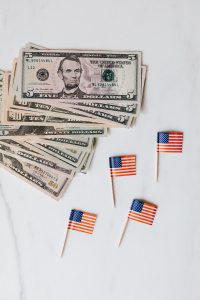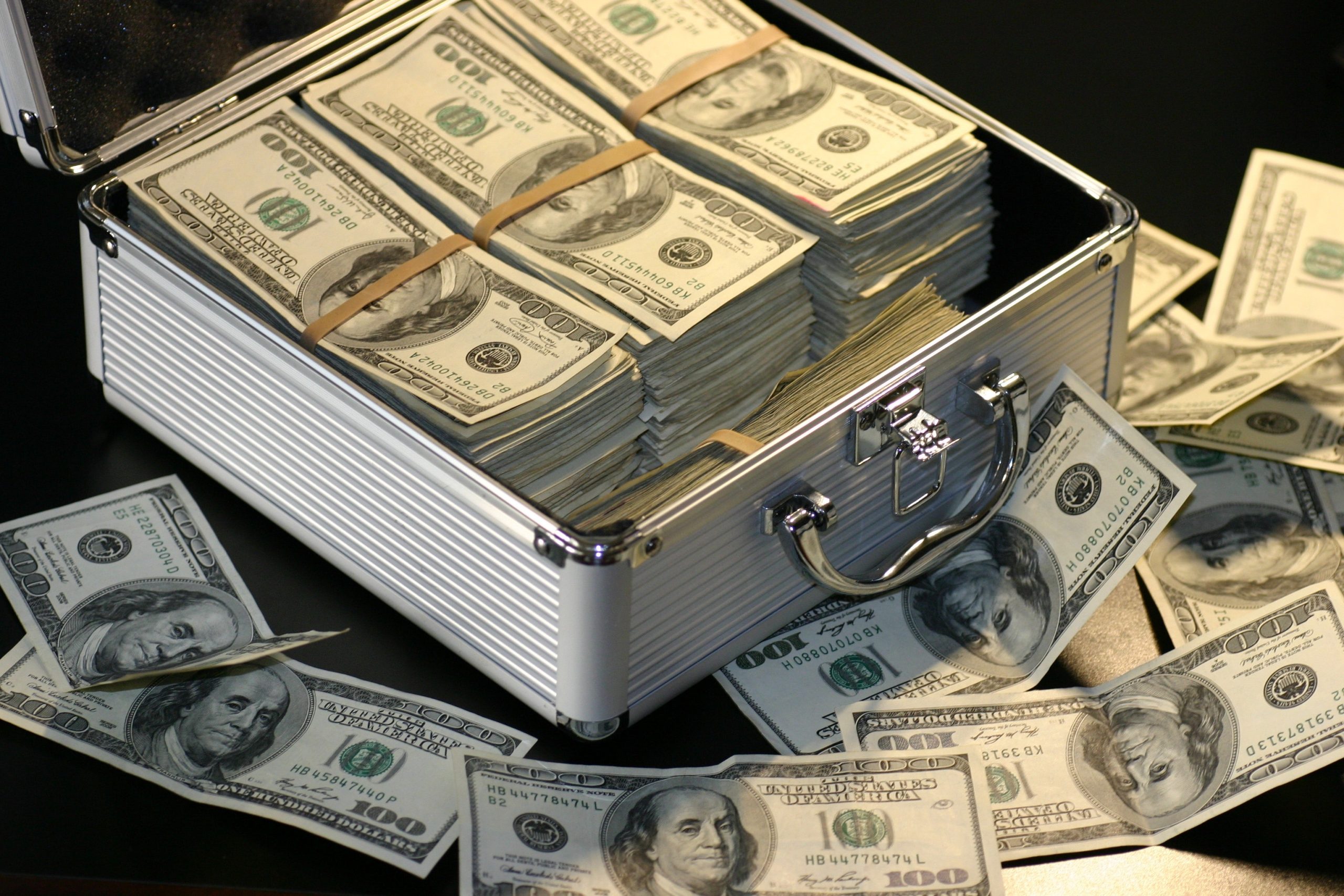In the wake of the COVID-19 pandemic that wreaked havoc on the global economy, the United States, like many other nations, embarked on an arduous journey to recovery. This report delves into the current state of the US economic recovery, offering insights and analysis on the path forward.
The Road to Recovery
The initial shock of the pandemic hit the US economy hard. Businesses shuttered, millions lost their jobs, and economic uncertainty loomed. However, government intervention played a pivotal role in stabilizing the situation. The CARES Act, a $2.2 trillion stimulus package, provided financial aid to businesses, individuals, and healthcare services.
The road to recovery was not without its challenges. Supply chain disruptions, labor shortages, and the shift towards remote work presented obstacles. But gradually, the economy began to show signs of revival. GDP numbers started to climb, and unemployment rates began to dip.
Current Economic Landscape
As of [current date], the US economy appears to be on a steady path to recovery. Key indicators suggest significant progress:
- GDP Growth: The US GDP has rebounded, with growth exceeding pre-pandemic levels. This indicates that economic activity is increasing, driven by consumer spending, business investments, and government expenditures.
- Employment: The job market has improved, with unemployment rates decreasing. A surge in hiring across various sectors, such as hospitality, healthcare, and technology, is contributing to this recovery.
- Stock Markets: Stock markets have reached record highs, reflecting optimism among investors. Companies are reporting robust earnings, and the stock market rally points to confidence in economic recovery.
- Housing Market: The housing market remains strong, with low mortgage rates and high demand driving home prices up. This trend indicates continued consumer confidence.
Challenges and Uncertainties

Despite these positive indicators, there are challenges and uncertainties that could impact the trajectory of the US economic recovery:
- Inflation: Concerns about rising inflation rates have emerged. While some inflation is considered a sign of a healthy economy, an excessive increase could erode purchasing power and disrupt consumer confidence.
- Supply Chain Issues: Supply chain disruptions persist, affecting various industries. These disruptions can lead to production delays and increased costs, which may impact the overall economic recovery.
- Delta Variant and Future Health Risks: New COVID-19 variants, like the Delta variant, pose ongoing health risks. While vaccination efforts are underway, a resurgence in cases could lead to renewed economic setbacks.
The Way Forward
The US economic recovery is a complex and ongoing process. To ensure continued growth and stability, policymakers, businesses, and individuals must remain vigilant and adaptable.
- Government Policy: Future government policies, such as infrastructure investments and monetary policy decisions, will play a crucial role in shaping the economic recovery.
- Vaccination Efforts: Effective vaccination campaigns are essential in minimizing the risk of future outbreaks and maintaining consumer and business confidence.
- Innovation and Adaptation: Businesses must continue to innovate and adapt to changing circumstances, particularly in response to supply chain disruptions and remote work trends.
- Fiscal Responsibility: As government stimulus measures are rolled back, fiscal responsibility will be crucial to avoid mounting debt and inflation.
In conclusion, the US economy has made significant strides in its recovery from the COVID-19 pandemic. While there are still challenges and uncertainties ahead, there is cause for optimism. The road to recovery may be long, but the resilience of the American people and the adaptability of the nation’s economic system offer hope for a brighter economic future.




